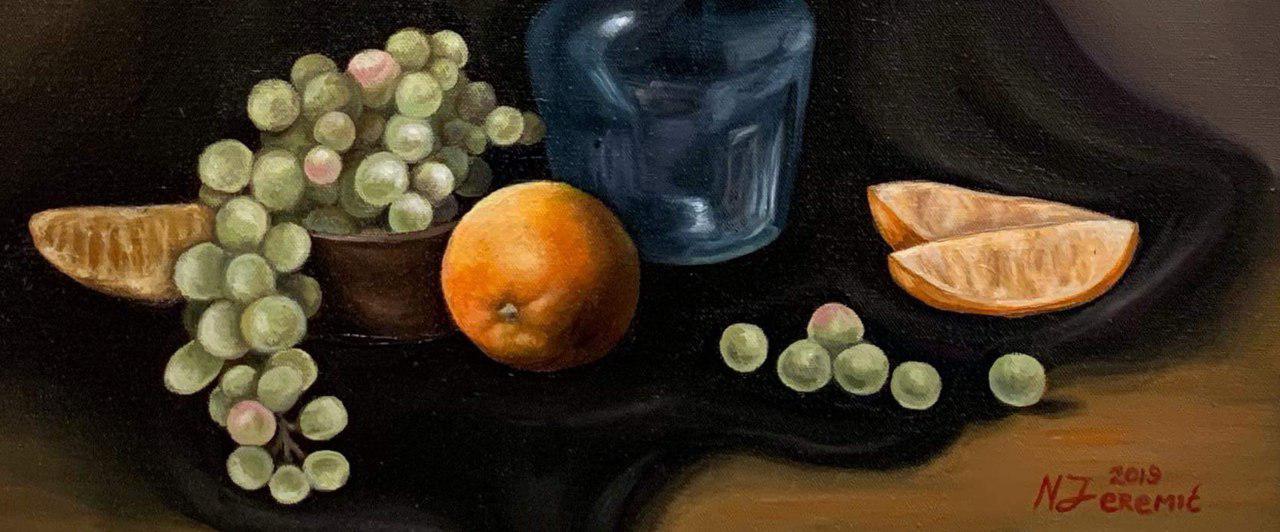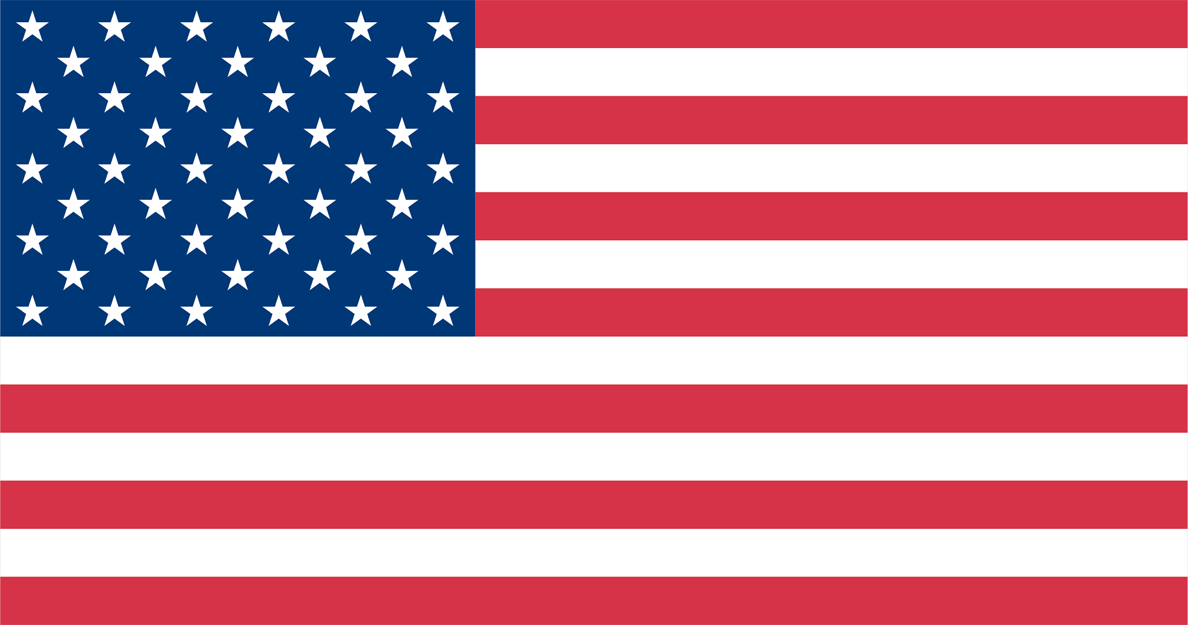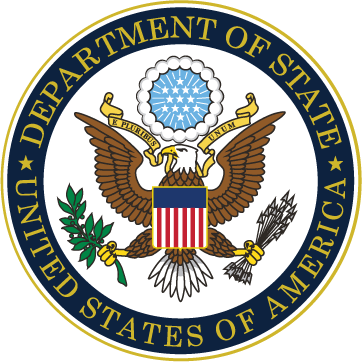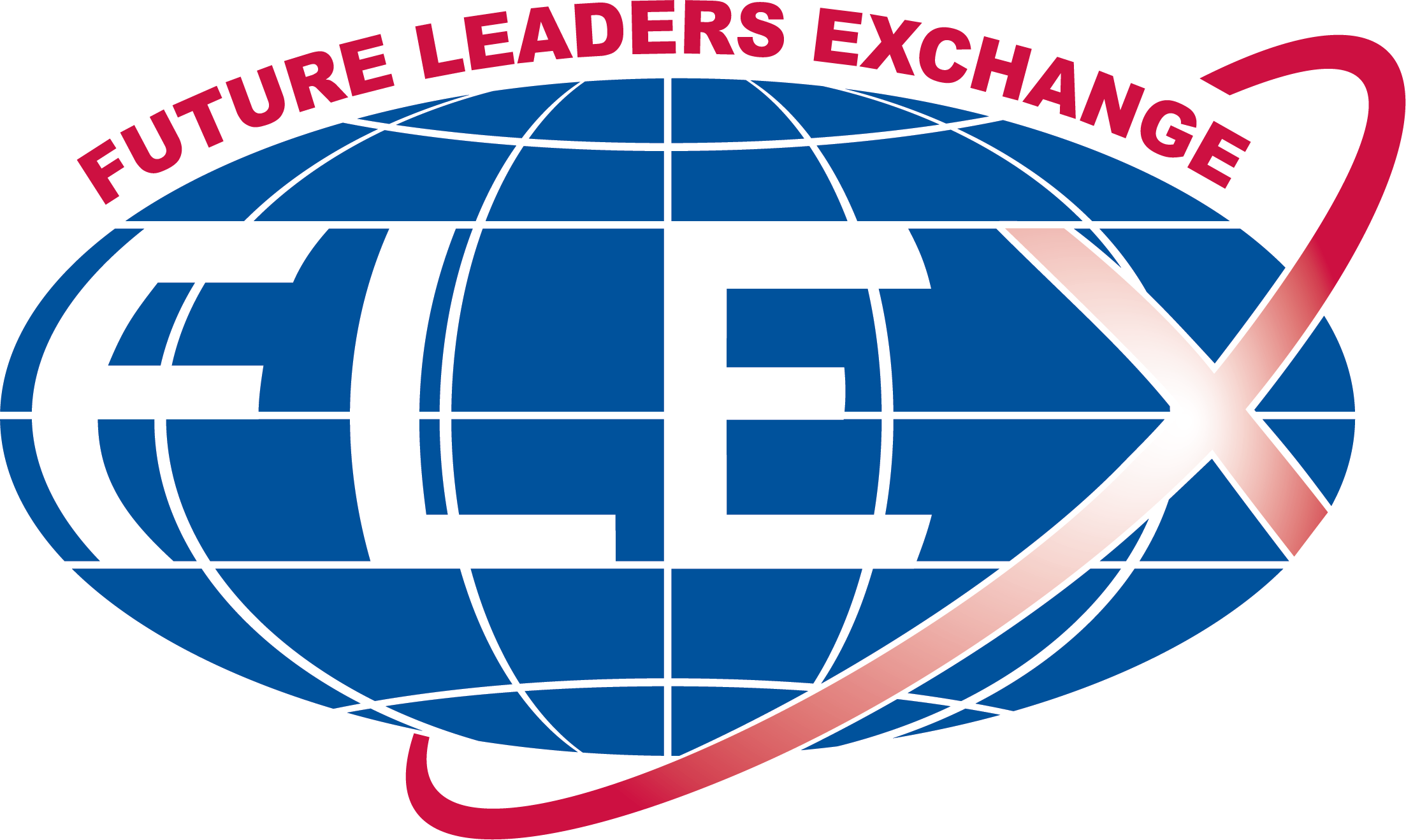Editor's note: Nikola Jeremic traveled from Serbia to America in 2018 to spend an exchange year in Longview, Texas. While on the Future Leaders Exchange (FLEX) program, he held an art show in Dallas, an experience that encompasses some of his favorite memories from the year. The young artist shared some of his memories and advice for future alumni.

What made you want to apply for FLEX?
Ever since I was a child, different cultures, foreign languages, and the mysteries of the unknown interested me very much. When I got informed about FLEX, I realized that the program offers just that. The idea of having the opportunity to engage with people who had never heard of Serbia, let alone met someone who lives there made me very excited, but equally nervous. Being a representative of a country that not a lot of people know about meant that my representation of it would be a strong influence on the way people I’ve met perceived Serbia. The thought of that intimidated me, but I’ve managed to shake that feeling off quickly. Having the privilege to be a part of a program that builds bridges between cultures ultimately assured me that I should apply.
Being that I’m a very artistic person, the possibility of getting familiar with the styles and techniques American art has to offer was another reason I applied. Since European art differs from American art, I was excited to see which new skills will I be able to bring back home.
What was the biggest lesson you learned through your exchange experience?
Throughout my exchange year I’ve learned so many valuable lessons, but the one that benefited me the most would definitely be that I’ve learned to properly judge the weight of a situation. What I mean by that is that I’m able to evaluate whether or not a problem or a situation I’m dealing with is worth stressing over.
Before my year in the States, whenever faced with an obstacle, I would think 'That’s it. It’s the end of the world.' This improvement is something I discovered recently, a few weeks into my arrival home. I’ve already managed to get myself into situations that would have frustrated me a year ago, but now I know that stressing over a problem won’t solve it and life has been so much easier ever since.
When did you first know you were an artist? What type of art do you make?
Since drawing and painting were the first things I ever did as a child, there isn’t a specific moment I could pinpoint.
When my first “pieces” were made I wasn’t even old enough to know what art is; I was just doing it for my own pleasure. I would say that my better and more conceptual work was created whenever I started taking my hobby seriously. Seeing my work improve made me realize that this is something I want to pursue as a career.
The reason I started making art was because it was always an outlet for me. I can vividly remember countless situations where as a child who lacked emotional maturity, I would face my emotions by putting them on a piece of paper. Even now, years later, I still have that habit and it helps me a lot.
As I said, I predominately draw and paint. As far as the theme of my artwork goes, I would describe it as conceptual. Because I use my work to overcome my emotions and to indirectly voice my opinion, it can be overbearing for people. I absolutely love seeing my work arranged in chronological order because it reminds me exactly what I was feeling and thinking during the making of it, and it shows me how my personal life has progressed.
Did your time in the US, and Texas in particular, influence your art or your approach to it?
During my exchange year I mostly focused on the technical side of art. With the help of my amazing visual art teacher, Mileah Hall, I learned things like matting drawings, framing paintings, setting drawings, etc.
Before coming to the US my art was mostly black and white, and during my exchange I had an urge to experiment with color. That is very symbolic for me, because during my exchange year I was the happiest I have been in a long time, and I don’t think that the colorful art was a coincidence. Looking at the art I made in the US puts a smile on my face, it reminds me of the indescribable memories I made.
Tell us about your art show in Dallas – how did that happen and what was it like?
One of my goals for my exchange year was to have an art show in the US. It seemed absolutely impossible, but with the huge help of the Guck family (my host family) and the Roscon Foundation, I managed to accomplish my goal.
My host mother, Theresa Guck, teamed up with the Roscon Foundation which kindly provided the space for my show. The art show holds a special place in my heart, because it bonded my host family and I even further. The preparation process was so much fun, since I was on a budget. My host mom, my host brother, and I turning every thrift store upside down looking for frames is one of my favorite memories from my exchange. The fact that my host family and I framed all of the pieces and that they made posters and flyers for me made the whole experience so endearing and special.
The show went great, people took lots of pictures, I received lots of compliments, and overall everyone was satisfied. I can’t put into words how happy and proud I am that I managed to accomplish something I wanted for so long. This goes to show that anything you are passionate about and willing to put in work for can be done. Don’t listen to anybody who tells you otherwise.
Any advice for future students?
A piece of advice I would give to future exchange students is to go into this year with the realization that this will be real life for you, not a vacation. A misconception I had in the early stages of my exchange was that I was there just to have a good time.
That partially is true, because you will and should have a good time, but considering that this is a period of almost a year, at a certain point in your exchange you become so used to everything that you start to view this as your life. When everything settles in and you feel comfortable you should start thinking about your goals. For many exchange students, being in the US provides many new opportunities and resources we didn't have access to in our home countries. To sum everything up, don’t waste your year on just sitting around and relaxing. Go out there and blow everyone away, including yourself, with the new and improved person you have become.




